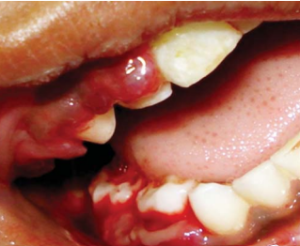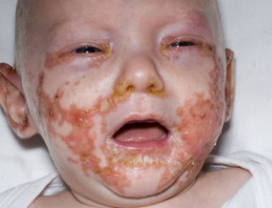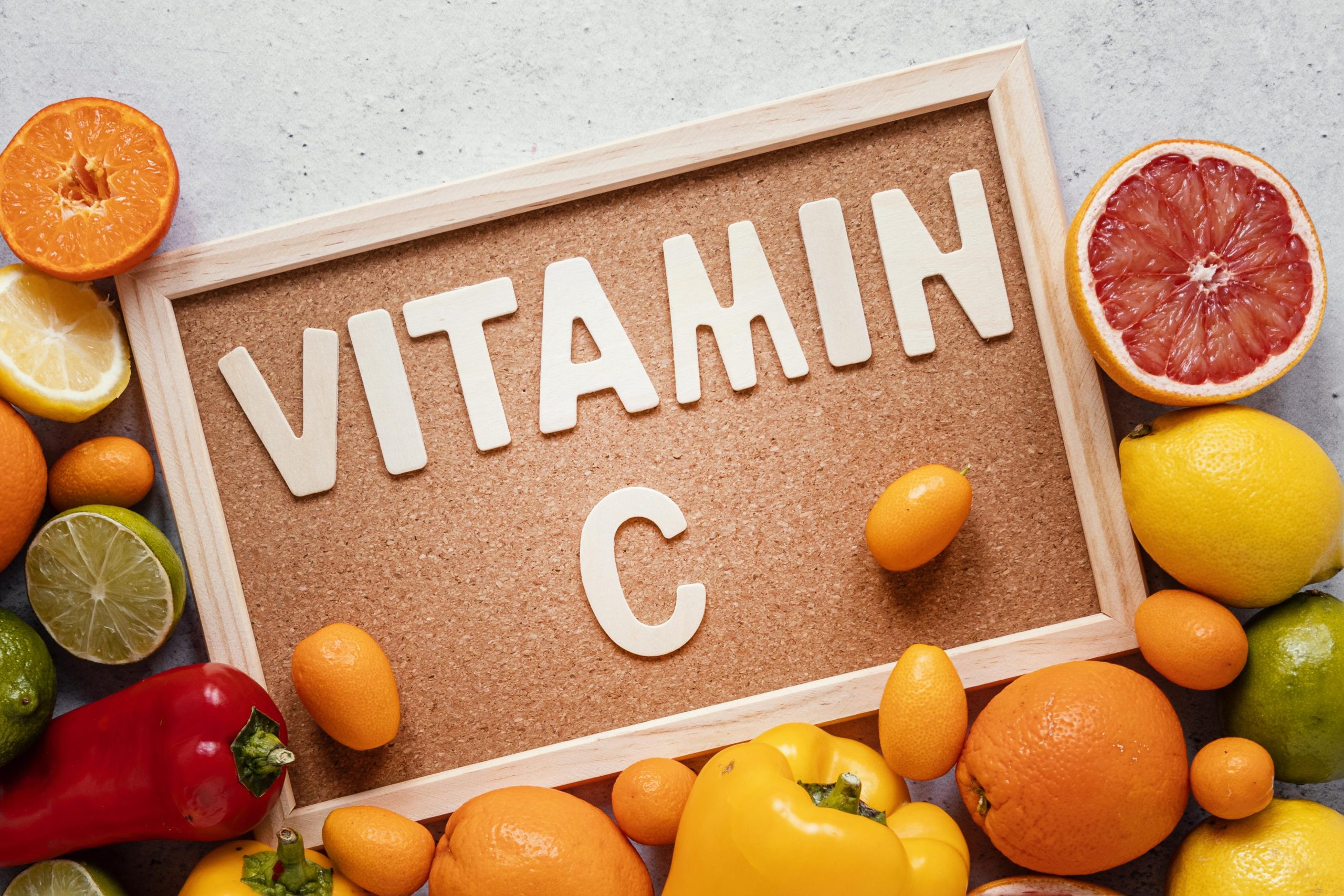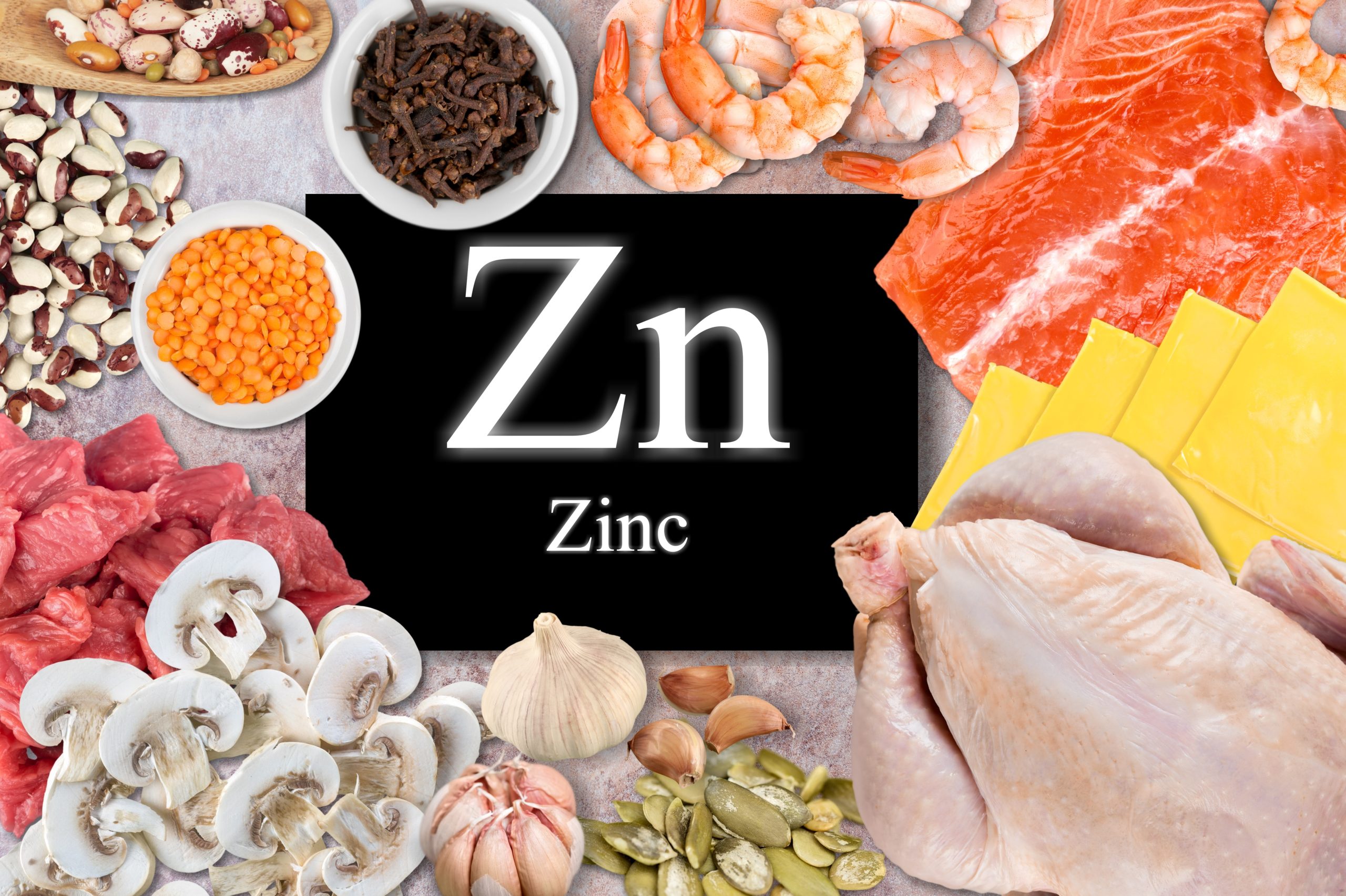Let’s imagine we have a few children coming into the clinic today, each with their own unique symptoms.
Patient A: A 4-year-old has bleeding gums and bruises

Patient B: An infant comes in with alopecia, diarrhea, and a persistent skin rash.

Can a good dietary history reveal their possible vitamin or mineral deficiency as the cause of their symptoms?
Let us look at some of the more common specific mineral and vitamin deficiencies that one might see in general practice. Described below are some of the features in terms of symptoms and potential signs on exam.
Vitamin C
While uncommon, it’s important to be able to recognize deficiency in Vitamin C. Vitamin C is found in many foods such as citrus fruits, red pepper, tomatoes, broccoli, and cantaloupe. Of note, cooking may change the content of vitamin C in the food depending on the method of cooking.
Scurvy is a disease process caused by Vitamin C deficiency. Some of the main signs and symptoms include feeling tired, purpura, gingivitis, bleeding gums, bone pain, and poor wound healing.
Treatment
Scurvy in children is treated with 100-300mg per day of Ascorbic Acid in divided doses. Dietary supplementation is typically 35-100mg per day.
Zinc
Zinc is found in meat, shellfish, grains, nuts, cheese, and other foods. Some of the signs and symptoms of zinc deficiency include alopecia, dermatitis, diarrhea, and frequent infections due to T-cell dysfunction.
The deficiency may be due to:
The baby lacking an intestinal Zinc transporter (ZiP4); this is classic acrodermatitis enteropathica
An autosomal recessive inherited defect in zinc transport
Typically presents 1-2 months after birth if formula fed, or 1-2 months after stopping breastfeeding (after zinc stores deplete)
Mother not having the ability to absorb (ZnT-2); so it would not matter if mom was breastfeeding or not since the baby would still not get the zinc despite breastfeeding
Treatment
The treatment of diarrhea in areas with documented zinc deficiency typically involves a 20-mg tablet once per day for 10 days. The dosage is good for the children aged 6 months to 5 years. The one potential side-effect is vomiting. (source)
In patients with acrodermatitis enteropathica, zinc gluconate or sulfate can be given orally at a dosage of 1-3 mg/kg/day. Clinical response can be seen within 5-10 days. (source)
Differential Diagnosis
Patient A: While the differential for children with bleeding gums and bruising can be quite extensive (e.g., various bleeding disorders) think about Vitamin C deficiency as the etiology if the history is suggestive.
Patient B: The differential for alopecia, diarrhea and skin rashes is quite large, but when the three features present in the same child and one can connect the timing of the findings with changes in feeding, one should think about zinc deficiency as the etiology.
Hope this helps!
Best regards,
Dr. Eyal Ben-Isaac, Children’s Hospital Los Angeles



